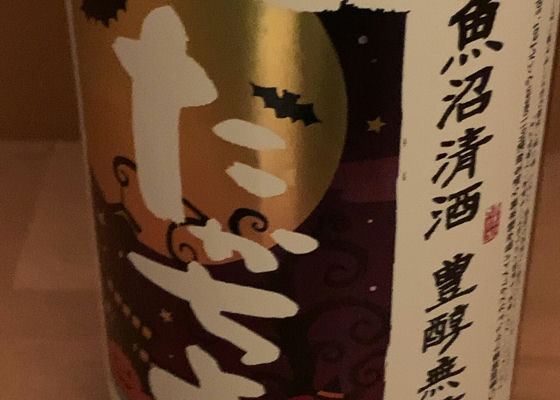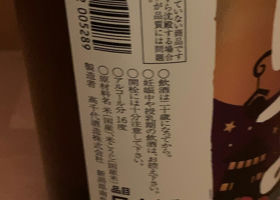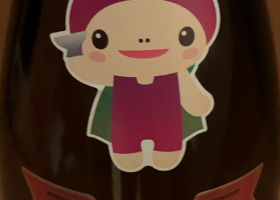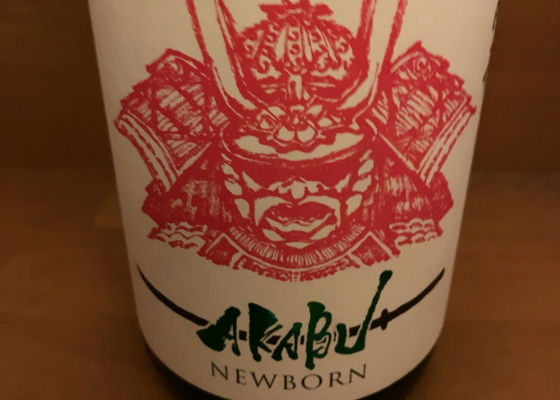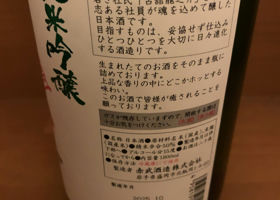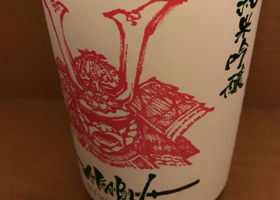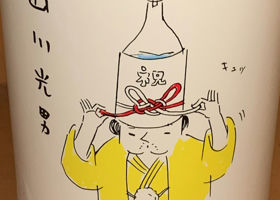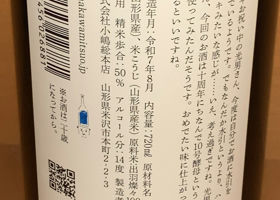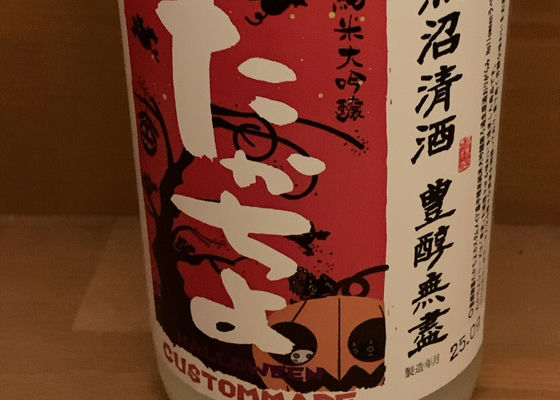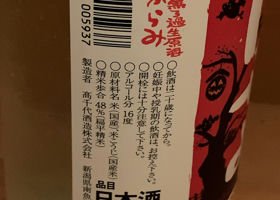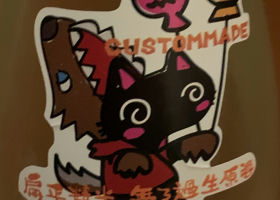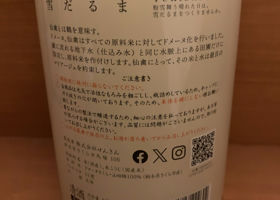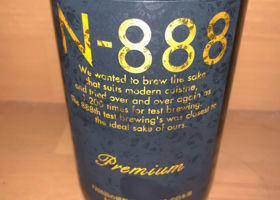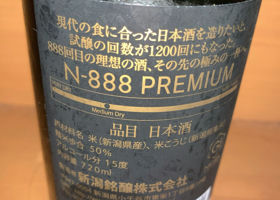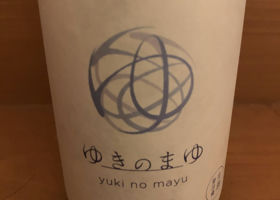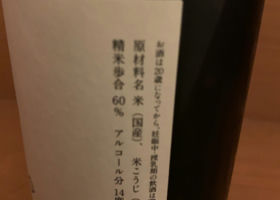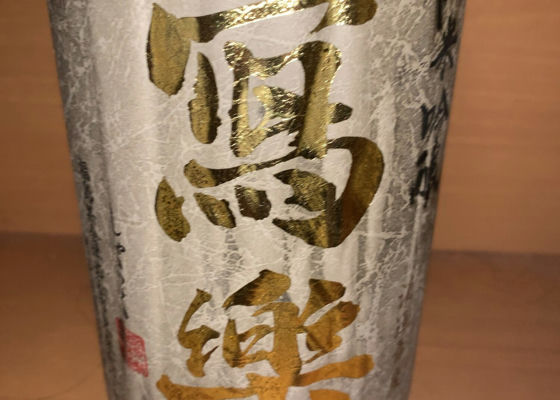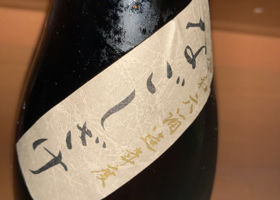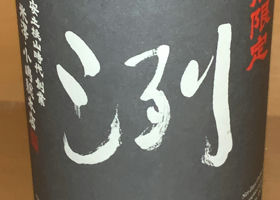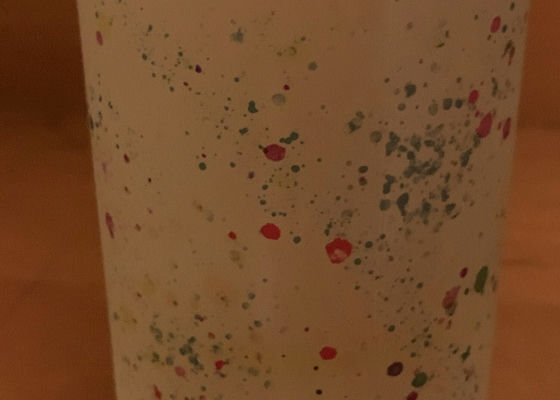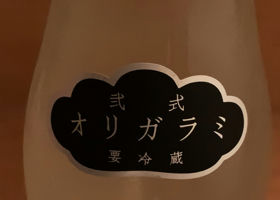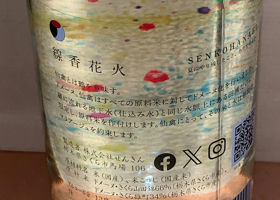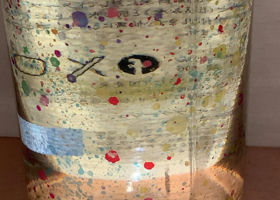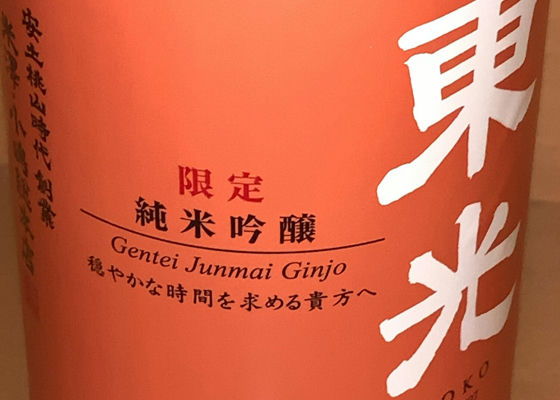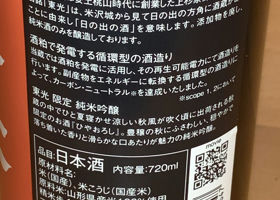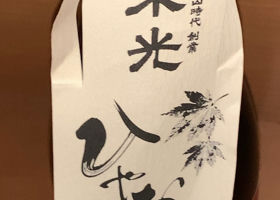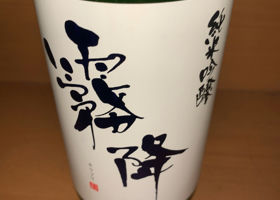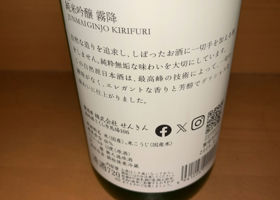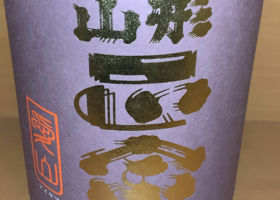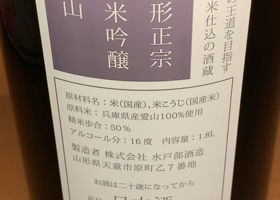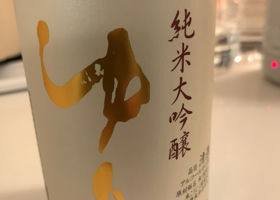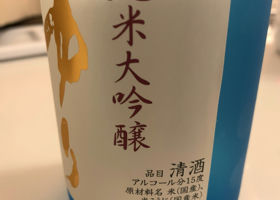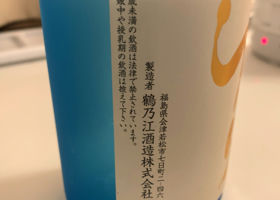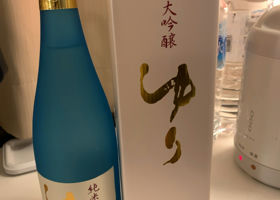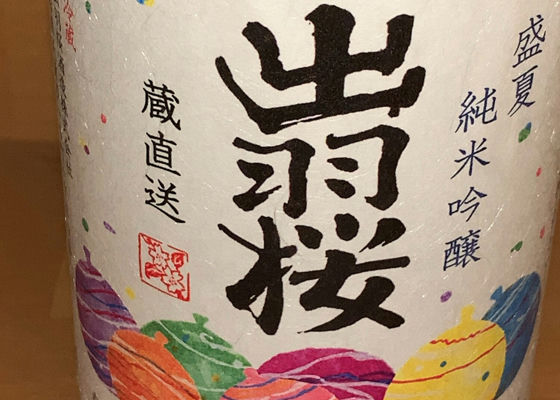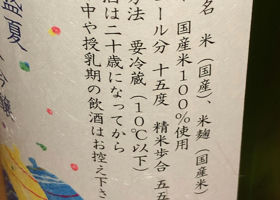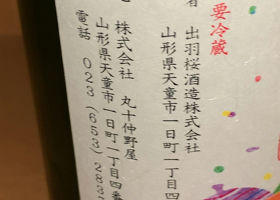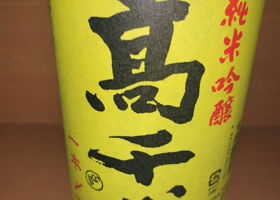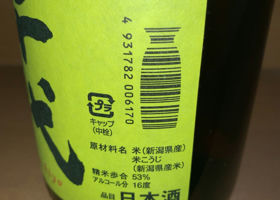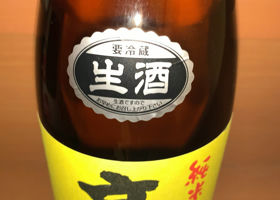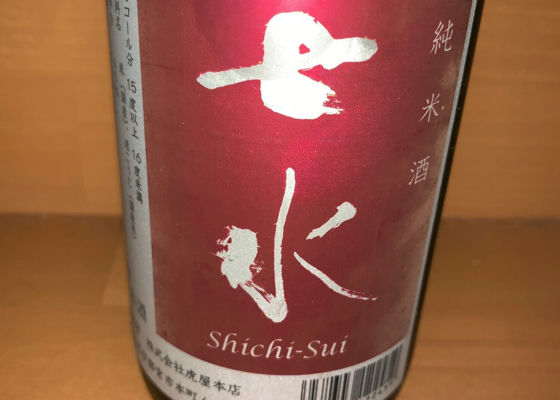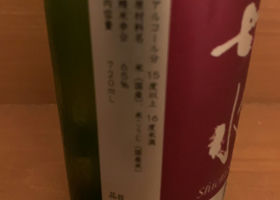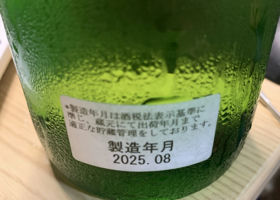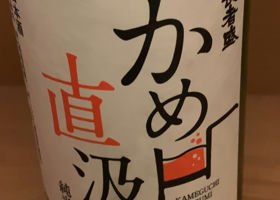
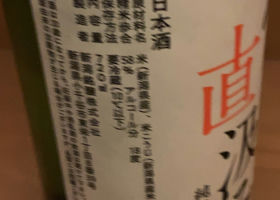
たけるパパ
I had to take a break due to a period of sobriety before the test. Now that the numbers have stabilized, I am resuming 🤗.
The bottle I will be opening this time is one I purchased at Sasaya-san during my trip to Tendo City, Yamagata Prefecture in September.
The rice used is 100% Niigata rice.
Rice polishing ratio is 58
Alcohol content is 18%.
The specification is that it is bottled as it is from the tank (kameguchi) outlet.
Sake degree: ±0 to +2
The production date is 24.11 lot, and it has been aged for about one year.
The aroma when the bottle is opened is gorgeous and fruity, with a banana-like ginjo aroma. Fruity aromas like green apple, pear, and white peach gently spread out. The aroma is full and sweet with hints of rice and a honey-like round aroma derived from aging.
When poured into a sake cup, it has a very clear, pale golden color and a slightly thick, medium viscosity.
When you take a sip, there is a soft sweetness and fruity aroma, and a round sweetness reminiscent of bananas spreads gradually. Later, the umami of the rice expands, and the acidity is mild. The alcoholiness of the raw sake seems to blend in and become more integrated. The aftertaste is mildly bitter and mildly sharp, leaving a richness of fruit sweetness and rice umami. The aftertaste lingers as a delicious full-bodied taste.
Japanese>English
